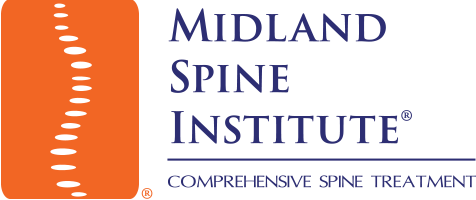
Muscle Spasms
Otherwise known as muscle cramps, spasms occur when a muscle involuntary and forcibly contracts and cannot relax. These are very common and can affect any muscle. Typically, they involve part or all of a muscle, or several muscles in a group. The most common sites for muscle spasms are the, thighs, calves, foot arches, hands, arms, abdomen and sometimes along the ribcage. When occurring in the calves, especially, such cramps are known as “charley horses”.
What does a muscle spasm feel like?
Muscle spasms range in intensity from mild twitches to severe pain. The spastic muscle may feel harder than normal to the touch, and/or appear visibly distorted. It may show visible signs of twitching. Spasms may typically last from seconds to 15 minutes or longer, and may recur multiple times before going away.
Who gets muscle spasms?
Muscle spasms can occur at any time to anyone. Whether you are old, young, sedentary or active, you may develop a muscle spasm. It can happen when you walk, sit, perform any exercise, or even sleep. Some individuals are prone to muscle spasms and get them regularly with any physical exertion. However, those who are at greater risk for muscle spasms are infants, the elderly (over age 65), people who overexert during exercise, those who are ill, and endurance athletes.
What causes muscle spasms?
- Insufficient stretching before physical activity
- Muscle fatigue
- Exercising in heated temperatures
- Dehydration
- Electrolyte imbalances in potassium, magnesium and calcium
How are muscle spasms treated?
First, stop doing whatever triggered the muscle spasm then:
- Gently stretch and massage the spasmodic muscle
- Hold it in a stretched position until the spasms stop
- Apply cold to sore/tender muscles or heat to tense/tight muscles
If the muscle spasm is severe, happens frequently, responds poorly to treatment, and is not related to obvious causes, make an appointment with your doctor. The spasms could be related to underlying factors. How to prevent future muscle spasms:
- Do regular flexibility exercises before and after you work out.
- Drink plenty of fluids to stay hydrated.

